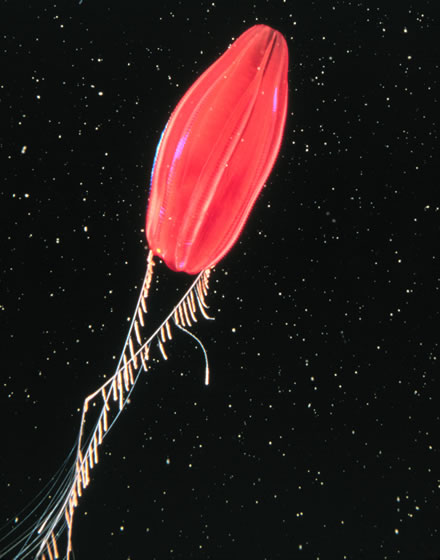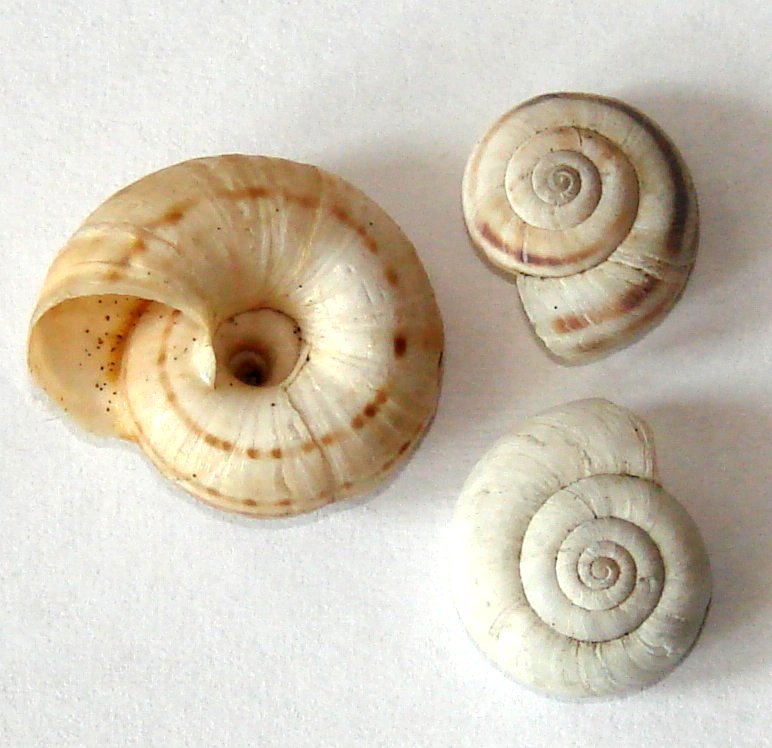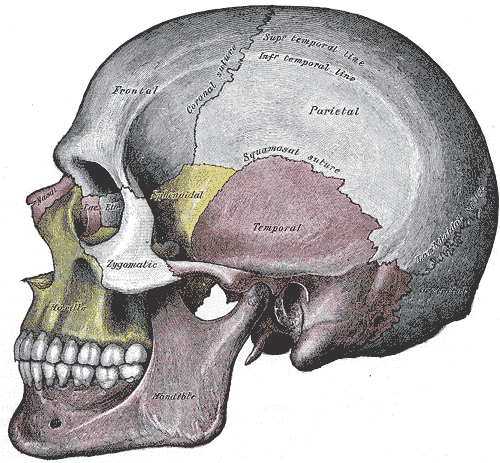|
Choristella Leptalea
''Choristella leptalea'' is a species of sea snail, a marine gastropod mollusk in the family Choristellidae. Description Distribution This marine species occurs in the Atlantic Ocean off New Jersey, USA. Description The maximum recorded shell length is 4 mm.Welch J. J. (2010). "The "Island Rule" and Deep-Sea Gastropods: Re-Examining the Evidence". '' PLoS ONE'' 5(1): e8776. doi:10.1371/journal.pone.0008776. The dull opaque white shell lacks any sculpture. It has a very delicate texture. The shell is a flattened little elevated spire. It consists of 3½ whorls with a large body whorl. The suture is very deep, somewhat channeled. The small umbilicus is round and deep. The nearly circular aperture is oblique. The simple peritreme is continuous, slightly attached to the body whorl and reflected over the umbilicus. The thin operculum is round-ovate and has a delicate horn color. The radula contains numerous rows of delicate colored, rather stout, non-serrate teeth, ... [...More Info...] [...Related Items...] OR: [Wikipedia] [Google] [Baidu] |
Animal
Animals are multicellular, eukaryotic organisms in the Kingdom (biology), biological kingdom Animalia. With few exceptions, animals Heterotroph, consume organic material, Cellular respiration#Aerobic respiration, breathe oxygen, are Motility, able to move, can Sexual reproduction, reproduce sexually, and go through an ontogenetic stage in which their body consists of a hollow sphere of Cell (biology), cells, the blastula, during Embryogenesis, embryonic development. Over 1.5 million Extant taxon, living animal species have been Species description, described—of which around 1 million are Insecta, insects—but it has been estimated there are over 7 million animal species in total. Animals range in length from to . They have Ecology, complex interactions with each other and their environments, forming intricate food webs. The scientific study of animals is known as zoology. Most living animal species are in Bilateria, a clade whose members have a Symmetry in biology#Bilate ... [...More Info...] [...Related Items...] OR: [Wikipedia] [Google] [Baidu] |
Tentacle
In zoology, a tentacle is a flexible, mobile, and elongated organ present in some species of animals, most of them invertebrates. In animal anatomy, tentacles usually occur in one or more pairs. Anatomically, the tentacles of animals work mainly like muscular hydrostats. Most forms of tentacles are used for grasping and feeding. Many are sensory organs, variously receptive to touch, vision, or to the smell or taste of particular foods or threats. Examples of such tentacles are the eyestalks of various kinds of snails. Some kinds of tentacles have both sensory and manipulatory functions. A tentacle is similar to a cirrus, but a cirrus is an organ that usually lacks the tentacle's strength, size, flexibility, or sensitivity. A nautilus has cirri, but a squid has tentacles. Invertebrates Molluscs Many molluscs have tentacles of one form or another. The most familiar are those of the pulmonate land snails, which usually have two sets of tentacles on the head: when e ... [...More Info...] [...Related Items...] OR: [Wikipedia] [Google] [Baidu] |
Radula
The radula (, ; plural radulae or radulas) is an anatomical structure used by molluscs for feeding, sometimes compared to a tongue. It is a minutely toothed, chitinous ribbon, which is typically used for scraping or cutting food before the food enters the esophagus. The radula is unique to the molluscs, and is found in every class of mollusc except the bivalves, which instead use cilia, waving filaments that bring minute organisms to the mouth. Within the gastropods, the radula is used in feeding by both herbivorous and carnivorous snails and slugs. The arrangement of teeth ( denticles) on the radular ribbon varies considerably from one group to another. In most of the more ancient lineages of gastropods, the radula is used to graze, by scraping diatoms and other microscopic algae off rock surfaces and other substrates. Predatory marine snails such as the Naticidae use the radula plus an acidic secretion to bore through the shell of other molluscs. Other predatory marine sn ... [...More Info...] [...Related Items...] OR: [Wikipedia] [Google] [Baidu] |
Choristella Leptalea Radula
''Choristella'' is a genus of sea snails, marine gastropod mollusks in the family Choristellidae.MolluscaBase eds. (2020). MolluscaBase. Choristella Bush, 1897. Accessed through: World Register of Marine Species at: http://www.marinespecies.org/aphia.php?p=taxdetails&id=137780 on 2020-08-11 Description (Original description by Bush) This genus is proposed for species of small shells of few convex whorls forming a flattened, little elevated spire with a minute, scarcely raised, nuclear whorl and a large body whorl. The suture is very deep, and somewhat channeled. The umbilicus is small, round, deep, showing some of the whorls with rounded walls. The oblique aperture is nearly circular. The peristome is simple, continuous, slightly attached to the body whorl, and reflected over the umbilicus. The operculum of the type species is thin, roundly ovate. it has a delicate horn color, of few abruptly enlarging whorls indistinctly defined by a spiral thread and showing sinuous transve ... [...More Info...] [...Related Items...] OR: [Wikipedia] [Google] [Baidu] |
Operculum (gastropod)
The operculum (; ) is a corneous or calcareous anatomical structure like a trapdoor that exists in many (but not all) groups of sea snails and freshwater snails, and also in a few groups of land snails; the structure is found in some marine and freshwater gastropods, and in a minority of terrestrial gastropods, including the families Helicinidae, Cyclophoridae, Aciculidae, Maizaniidae, Pomatiidae, etc. The operculum is attached to the upper surface of the foot and in its most complete state, it serves as a sort of "trapdoor" to close the aperture of the shell when the soft parts of the animal are retracted. The shape of the operculum varies greatly from one family of gastropods to another. It is fairly often circular, or more or less oval in shape. In species where the operculum fits snugly, its outline corresponds exactly to the shape of the aperture of the shell and it serves to seal the entrance of the shell. Many families have opercula that are reduced in size, and which a ... [...More Info...] [...Related Items...] OR: [Wikipedia] [Google] [Baidu] |
Aperture (mollusc)
The aperture is an opening in certain kinds of mollusc shells: it is the main opening of the shell, where the head-foot part of the body of the animal emerges for locomotion, feeding, etc. The term ''aperture'' is used for the main opening in gastropod shells, scaphopod shells, and also for '' Nautilus'' and ammonite shells. The word is not used to describe bivalve shells, where a natural opening between the two shell valves in the closed position is usually called a '' gape''. Scaphopod shells are tubular, and thus they have two openings: a main anterior aperture and a smaller posterior aperture. As well as the aperture, some gastropod shells have additional openings in their shells for respiration; this is the case in some Fissurellidae (keyhole limpets) where the central smaller opening at the apex of the shell is called an orifice, and in the Haliotidae (abalones) where the row of respiratory openings in the shell are also called orifices. In gastropods In some pros ... [...More Info...] [...Related Items...] OR: [Wikipedia] [Google] [Baidu] |
Umbilicus (mollusc)
The umbilicus of a shell is the axially aligned, hollow cone-shaped space within the whorls of a coiled mollusc shell. The term umbilicus is often used in descriptions of gastropod shells, i.e. it is a feature present on the ventral (or under) side of many (but not all) snail shells, including some species of sea snails, land snails, and freshwater snails. The word is also applied to the depressed central area on the planispiral coiled shells of ''Nautilus'' species and fossil ammonites. (These are not gastropods, but shelled cephalopods.) In gastropods The spirally coiled whorls of gastropod shells frequently connect to each other by their inner sides, during the natural course of its formation. This results in a more or less solid central axial pillar, known as the columella. The more intimate the contact between the concave side of the whorls is, the more solid the columella becomes. On the other hand, if this connection is less intense, a hollow space inside the whorls ... [...More Info...] [...Related Items...] OR: [Wikipedia] [Google] [Baidu] |
Suture (anatomy)
In anatomy, a suture is a fairly rigid joint between two or more hard elements of an organism, with or without significant overlap of the elements. Sutures are found in the skeletons or exoskeletons of a wide range of animals, in both invertebrates and vertebrates. Sutures are found in animals with hard parts from the Cambrian period to the present day. Sutures were and are formed by several different methods, and they exist between hard parts that are made from several different materials. Vertebrate skeletons The skeletons of vertebrate animals (fish, amphibians, reptiles, birds, and mammals) are made of bone, in which the main rigid ingredient is calcium phosphate. Cranial sutures The skulls of most vertebrates consist of sets of bony plates held together by cranial sutures. These sutures are held together mainly by Sharpey's fibers which grow from each bone into the adjoining one. Sutures in the ankles of land vertebrates In the type of crurotarsal ankle which is fou ... [...More Info...] [...Related Items...] OR: [Wikipedia] [Google] [Baidu] |
Body Whorl
The body whorl is part of the morphology of the shell in those gastropod mollusks that possess a coiled shell. The term is also sometimes used in a similar way to describe the shell of a cephalopod mollusk. In gastropods In gastropods, the body whorl, or last whorl, is the most recently formed and largest whorl (or revolution) of a spiral or helical shell, terminating in the aperture. It is called the "body whorl" because most of the body of the soft parts of the animal fits into this whorl. The proportional size of the body whorl in gastropod shells differs greatly according to the actual shell morphology. For shells in which the rate of whorl expansion of each revolution around the axis is very high, the aperture and the body whorl are large, and the shell tends to be low spired. The shell of the abalone is a good example of this kind of shell. The opposite tendency can sometimes create a high spire with very little whorl increase per revolution. In these instances ... [...More Info...] [...Related Items...] OR: [Wikipedia] [Google] [Baidu] |
Whorl (mollusc)
A whorl is a single, complete 360° revolution or turn in the spiral growth of a mollusc shell. A spiral configuration of the shell is found in numerous gastropods, but it is also found in shelled cephalopods including '' Nautilus'', '' Spirula'' and the large extinct subclass of cephalopods known as the ammonites. A spiral shell can be visualized as consisting of a long conical tube, the growth of which is coiled into an overall helical or planispiral shape, for reasons of both strength and compactness. The number of whorls which exist in an adult shell of a particular species depends on mathematical factors in the geometric growth, as described in D'Arcy Wentworth Thompson's classic 1917 book '' On Growth and Form'', and by David Raup. The main factor is how rapidly the conical tube expands (or flares-out) over time. When the rate of expansion is low, such that each subsequent whorl is not that much wider than the previous one, then the adult shell has numerous whorl ... [...More Info...] [...Related Items...] OR: [Wikipedia] [Google] [Baidu] |
Sculpture (mollusc)
Sculpture is a feature of many of the shells of mollusks. It is three-dimensional ornamentation on the outer surface of the shell, as distinct from either the basic shape of the shell itself or the pattern of colouration, if any. Sculpture is a feature found in the shells of gastropods, bivalves, and scaphopods. The word "sculpture" is also applied to surface features of the aptychus of ammonites, and to the outer surface of some calcareous opercula of marine gastropods such as some species in the family Trochidae. Sculpture can be concave or convex, incised into the surface or raised from it. Sometimes the sculpture has microscopic detailing. The term "sculpture" refers only to the calcareous outer layer of shell, and does not include the proteinaceous periostracum, which is in some cases textured even when the underlying shell surface is smooth. In many taxa, there is no sculpture on the shell surface at all, apart from the presence of fine growth lines. The sc ... [...More Info...] [...Related Items...] OR: [Wikipedia] [Google] [Baidu] |




_torquata_002.jpg)





